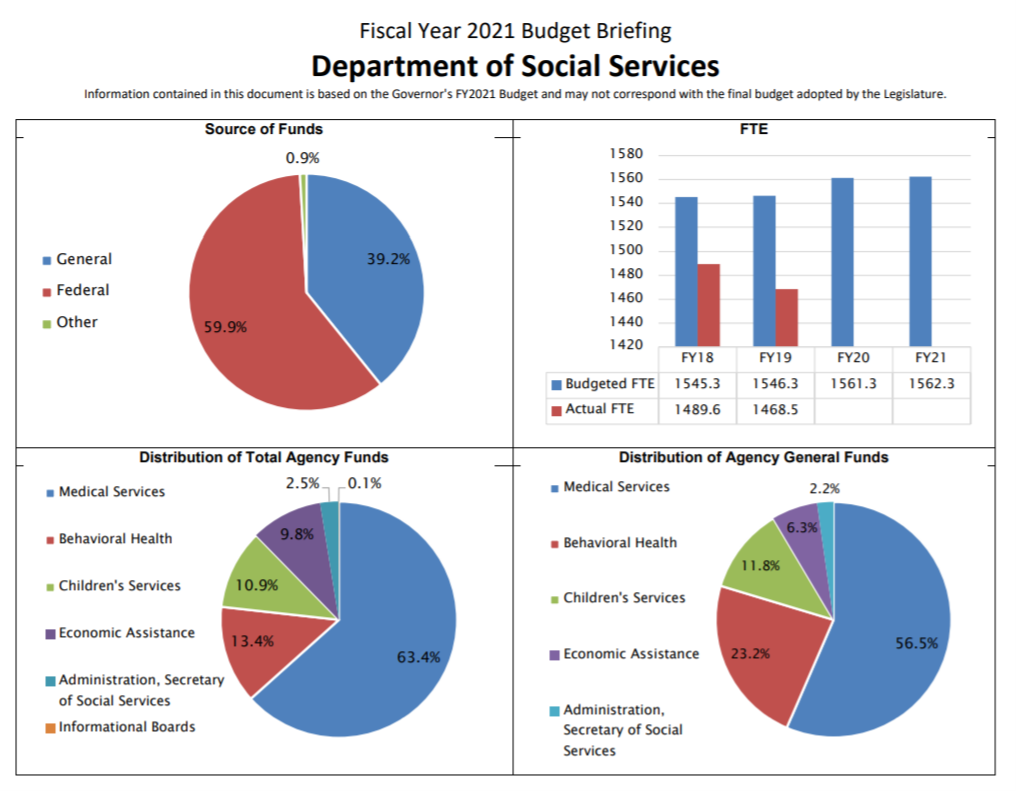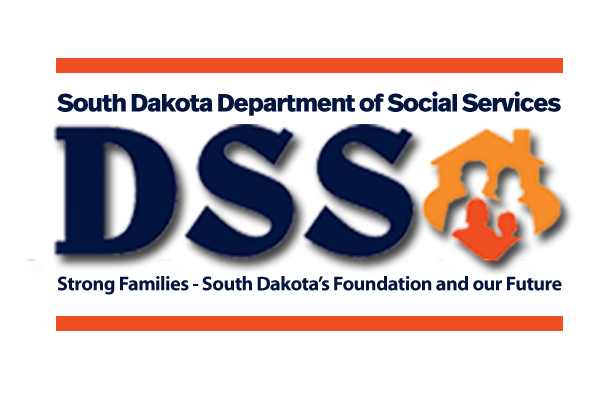The Department of Social Services (DSS) continued their budget presentation from an earlier detailed presentation on Dec. 11 to the Joint Committee on Appropriations (JCA).
The DSS budget is $1B which is comprised of 60% federal funds, 40% general funds and 1,561 FTEs. Laurie Gill, Secretary of Social Services, opened the briefing, along with DSS’s management team.
Highlights of the Jan. 21 budget briefing include:
- Promoting Innovation in Medicaid- $1M in one-time funding to test innovation in primary/prenatal care delivery. Projects awarded:
-
- Avera Health – Test effectiveness of telehealth in managing gestational diabetes in 17 counties and one or more IHS sites
- Center for Family Medicine – Pilot pregnancy health homes in the Sioux Falls and Pierre areas
- Native Women’s Health Care – Link prenatal services with primary care and behavioral health services in the Rapid City area
- Medicaid Online Provider portal allows Medicaid providers 24/7 direct online access to information about claims and patients. Functionality includes:
-
- online appeal submission
- claim status look up
- eligibility look up
- service limit inquiry
- remittance advice
- The Department has proposed to amend the current year Medical Services budget for FY20, by reducing the estimates for the monthly eligibles for the Medicaid program. This results in a decrease of 1,017 eligibles down from the appropriated 116,985 eligibles and a reduction of $4.1M in general funds and $4.1 federal funds for a total of $8.2M.
- The largest change in the DSS FY21 recommended budget for Medical Services are the estimates related to eligibility, utilization and related costs for Title XIX and CHIP (Medicaid). The Department has estimated a 2% increase or $13M ($5.3M general funds and $7.7M in federal funds). The $13M is broken out by major Medical Service categories:
- Physician (-$331, 272)
- Inpatient $7,909,136
- Out-Patient $3,973,460
- Prescription Drugs $288,826
- All others $1,152,314
- Embed a Mid-Level Practitioner at Indian Health Service facilities to maximize federal funding by seeing patients and initiate referrals.
- Combating Opioid Use. Medicaid outcomes from the first year of implementation include:
-
- 25% reduction in opioid claims 15% reduction in opioid utilizers
- 59% reduction in poly pharmacy shoppers (seeking opioids from three or more pharmacies)
- 57% reduction in poly prescriber shoppers (three or more prescribers)
- 57% increase in Medicaid Assisted Treatment

The FY20 JCA Budget Hearing Information (Agendas, Bills, Hearing Documents) can be found here: Department of Social Services budget documents prepared for the Joint Committee on Appropriations




